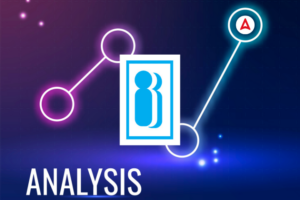When SEBI (Securities and Exchange Board of India) imposes fines and penalties on companies, brokers, or market participants for violations, the money collected follows a specific route and ultimately benefits investors in several direct and indirect ways. By law, all amounts collected by SEBI as penalties and fines are deposited into the Consolidated Fund of India (CFI), the central government’s main bank account. This means SEBI itself does not retain direct control over the penalty amounts, which become part of government revenue.
What Happens to the Money Collected from SEBI Fines
As per Section 15JA of the SEBI Act, 1992, all penalties collected by SEBI must be credited to the Consolidated Fund of India (CFI). This legal rule was introduced by an amendment in 2002. Previously, SEBI could retain such amounts in its own fund, but the amendment shifted all collections to the national government’s main account. The establishment and operation of the CFI is mandated under Article 266(1) of the Constitution of India, which states that all revenues received by the Government of India, including taxes, fines, penalties, loans, or debt repayments, are deposited into this fund.
Disgorgement vs. Fines: What’s the Difference?
It’s important to distinguish between fines/penalties and disgorgement:
Fines and penalties are meant to punish wrongdoers and deter others from similar violations.
Disgorgement is a restorative measure where SEBI forces wrongdoers to surrender illegal gains (for example, profits from insider trading). Disgorged amounts can sometimes be distributed directly to affected investors as compensation, depending on case facts and court directives.
How SEBI Fine Money Helps Investors
1. Funding Regulatory Oversight: Government grants, partly from fine collections, enable SEBI to conduct surveillance, inspections, investigations, and enforcement actions that keep markets fair and transparent.
2. Market Development: SEBI uses its grants to frame new regulations, improve infrastructure, and promote digital initiatives—creating a safer, more efficient trading environment for investors.
3. Operational & Legal Costs: Fine-derived funds cover SEBI’s expenses related to technology, staff, legal proceedings, and administration—all essential for maintaining investor protection and quick grievance redressal.
4. Investor Protection and Education Fund (IPEF): SEBI maintains a dedicated Investor Protection and Education Fund (IPEF), established in 2007. This fund receives various sources of money, such as disgorged amounts, forfeited deposits, de-recognised stock exchange assets, interest on investments, and more (but not regular fines).
IPEF initiatives: Investor awareness campaigns, educational workshops, financial literacy programs, and prompt complaint resolution—all of which empower investors to make better decisions and protect their interests.
Direct Benefits for Investors
- Disgorgement amounts are occasionally returned to investors harmed by illegal trading or manipulation.
- Higher regulatory strength discourages fraud, manipulation and promotes fair play.
- Educational initiatives help investors avoid scams and build financial security.




 Bombay High Court Recruitment 2025 Notif...
Bombay High Court Recruitment 2025 Notif...
 CAIIB BRBL Exam Analysis 2025, 14 Decemb...
CAIIB BRBL Exam Analysis 2025, 14 Decemb...
 DRDO CEPTAM 11 Recruitment 2025 Notifica...
DRDO CEPTAM 11 Recruitment 2025 Notifica...







